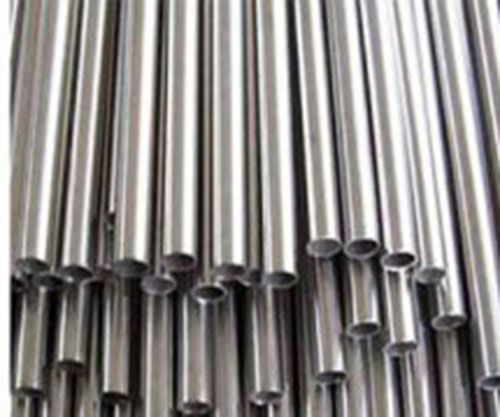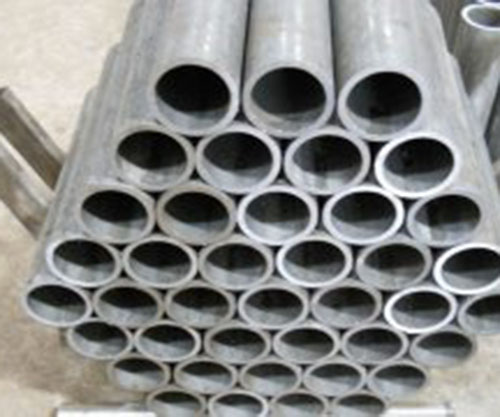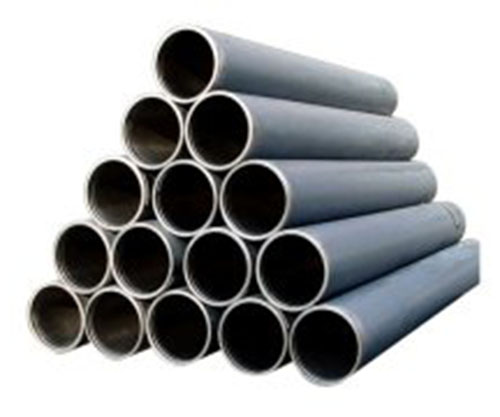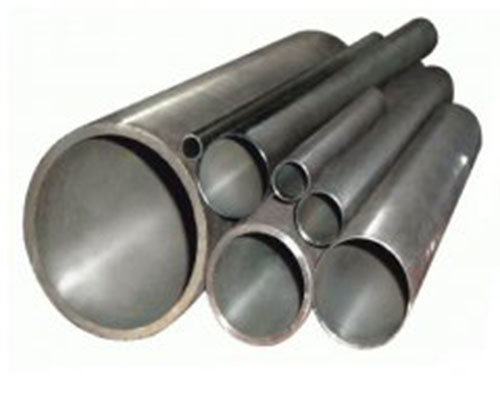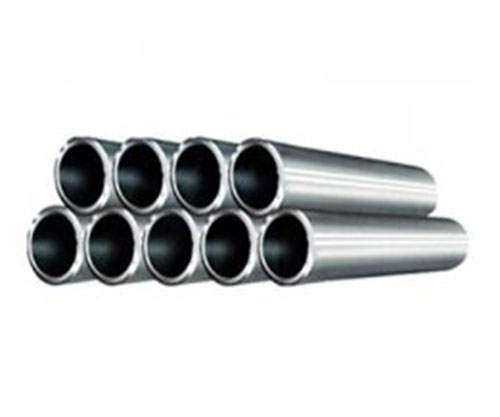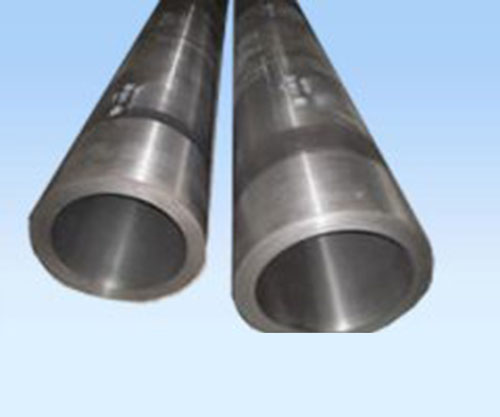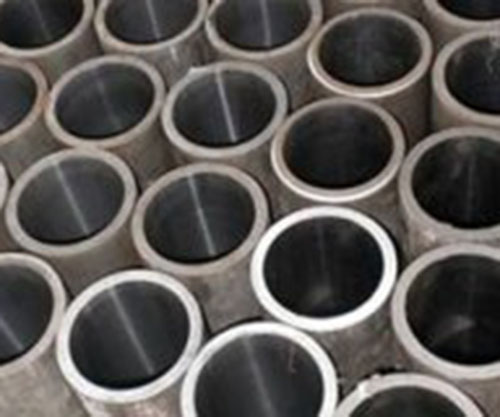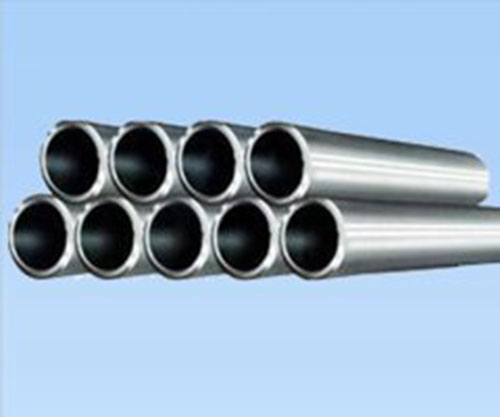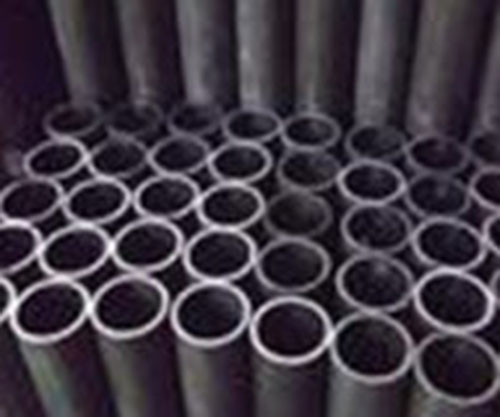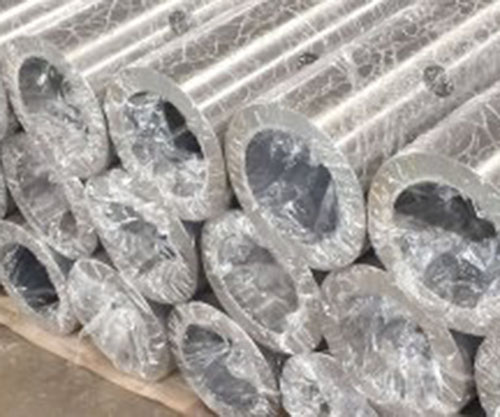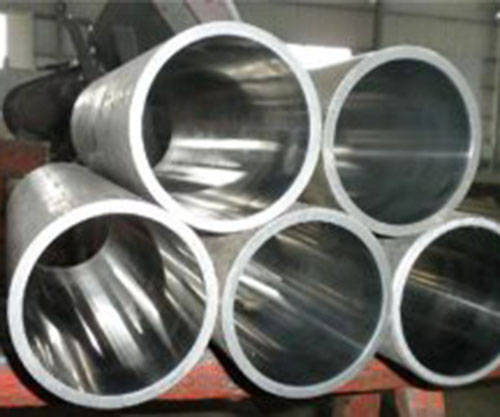Cylinder piston rod manufacturers talk about the processing
Published: 201905-11 Clicks: times

Surface treatment (pǔ lǐ) method of a piston rod: This method is to melt or thermally diffuse a material under high temperature conditions to form a coating on the surface of the workpiece. The 45# piston rod supports the connecting parts of the piston work. Most of them are used in the cylinder and cylinder movement executing parts. It is a moving part with frequent movement and high technical requirements. The hydraulic piston rod improves the surface corrosion resistance and can delay the generation or expansion of fatigue cracks, thereby improving the fatigue strength of the cylinder rod. The cylinder piston rod wear ring can improve the guiding of the cylinder, reduce the wear of the piston seal and reduce the frictional resistance. The hollow piston rod refers to a hollow piston rod having an annular cross section. The piston rod of the cylinder has a piston rod at one end, and the air supply from the side of the piston generates air pressure, and the air pressure pushes the piston to generate a thrust and returns by the spring or the self weight. The main methods are as follows: (1) The process of hot-dip metallized workpieces placed in molten metal to form a coating on the surface, called hot dip plating, such as galvanization (hot dip galvanizing), hot plating Aluminum (Al), etc. (2) The process of chemical heat treatment of the workpiece in contact with and heating of the chemical substance to cause an element to enter the surface of the workpiece at a high temperature is called chemical heat treatment, such as nitriding or carburizing. (3) Hot stamping The process of heating and pressing the metal foil on the surface of the workpiece to form a coating layer, which is called hot stamping, such as hot stamping aluminum foil. (4) Thermal spraying The process of atomizing molten metal and spraying it on the surface of the workpiece to form a coating is called thermal spraying, such as thermal spraying of zinc and thermal spraying of aluminum. (5) Surfacing welding is a welding process in which the deposited metal is collected on the surface of the workpiece to form a solder layer, which is called surfacing, such as a wear-resistant alloy. Vacuum method This method is a process in which a material is vaporized or ionized on a surface of a workpiece under high vacuum to form a plating layer. The main method is. (1) Physical vapor deposition (PVD) The process of vaporizing a metal into an atom or molecule under vacuum, or ionizing it into ions and depositing it directly on the surface of the workpiece to form a coating, called physical vapor deposition, which deposits particles. The beam is derived from non-chemical factors such as evaporative sputtering, ion plating, and the like. (2) The process of injecting different ions into the surface of the workpiece to modify the surface of the ion under high voltage, called ion implantation, such as boron injection. (3) Chemical vapor deposition (CVD) Low pressure (sometimes also under normal pressure), a process in which a gaseous substance forms a solid deposit on a surface of a workpiece due to a chemical reaction, called chemical vapor deposition, such as vapor deposition of oxidation silicon ( Silicon), silicon nitride (chemical formula Si3N4), and the like. Other methods are mainly mechanical, chemical, electrochemical, and physical methods. The main methods are as follows: (1) Painting or spraying method, applying a coating (organic or inorganic) to the surface of a workpiece to form a coating, which is called painting, such as painting, painting, and the like. (2) The process of forming a coating layer on the surface of the workpiece by mechanical impact of impact plating, called impact plating, such as impact galvanizing. (III) Laser (LASER) Surface treatment The process of irradiating the surface of a workpiece with a laser to change its structure is called laser surface treatment, such as laser quenching, laser remelting, and the like. (4) Superhard membrane technology The technique of preparing superhard membranes on the surface of workpieces by physical or chemical methods, called superhard membrane technology. Such as diamond film (thin and soft transparent sheet), cubic boron nitride film and so on. (5) Electrophoresis and Electrostatic Spraying 1. The electrophoretic workpiece is placed as an electrode in a conductive water-soluble or water-emulsified coating, and the other electrode in the coating constitutes a circuit. Under the action of the electric field, the coating solution has dissociated into charged resin ions, the cation moves toward the cathode, and the anion moves toward the anode. These charged resin ions, together with the adsorbed pigment particles, are electrophoresed onto the surface of the workpiece to form a coating, a process called electrophoresis. 2, electrostatic spraying in the DC high-voltage electric field, atomized negatively charged paint particles directed to fly to the positively charged workpiece, thereby obtaining the paint film process, called static spraying.







